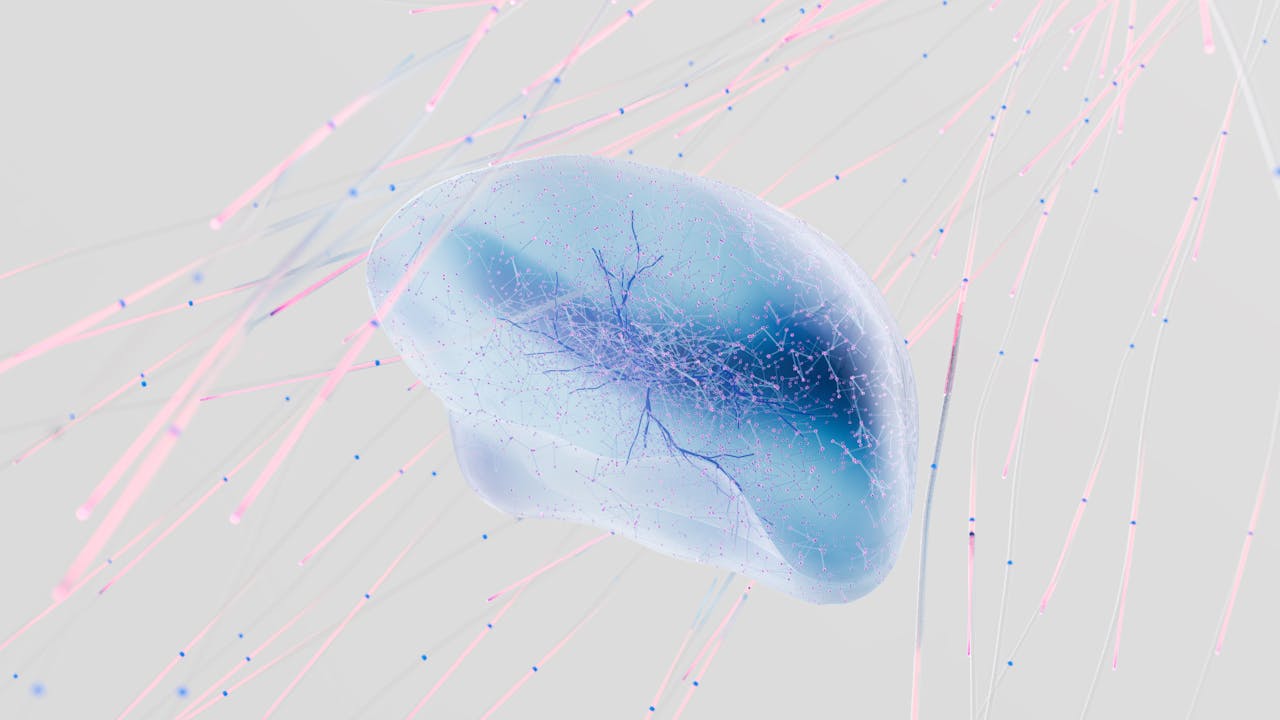News
No More Tsunami Deaths: New Algorithm Predicts Killer Waves
A team of researchers from the Australian National University have developed a new algorithm which they claim can forecast the outbreak of tsunamis.
Known as the Time Reverse Imaging Method, the new algorithm makes use of real-time information collected by various sensors and analyzes them to determine the possible movement of a tsunami, its intensity and risk areas, reported Tech Times.
The scientists claim that the new method is much more accurate in forecasting tsunami than existing algorithms. Most present-day warning systems depend on region-specific scenarios based on previous patterns in that area. Seismologists track any abnormal movements in the ocean using sensors but cannot determine the amount of water that could hit a coastline and the strength of its impact.
ANU researcher Jan Dettmer and his team developed the algorithm based on data collected by sensors located in the Pacific. They studied plate tectonics in Japan Trench to recreate movements of typical tsunamis to determine its threat level.
The researchers gathered data from Tohoku-Oki earthquake and tsunami from March 2011. Dettmer and his team examined the information from the quake and went back in time through mathematical calculations to find out how the tsunami looked like when it was formed. They also looked at the initial displacement of the ocean surface during the event.
They combined the information of the tsunami's early formation with the sensor data to determine what the massive wave would look like by the time it hits land. They then compared the data to develop the algorithm, according to Wired.
"[The Time Reverse Imaging Method] is not based on some guess, it's based on real-time information. This method would improve accuracy without sacrificing speed. Once the earthquake happens, then we have minutes," Dettmer said in a statement, according to IBTimes.
"This is a step forward. This research can be part of the next generation of tsunami warning systems that are based on real time information."
Dettmer and his research team are planning to test their new algorithm on other recorded earthquakes to make it more accurate and then implement it within the next five years.
The findings of the study are being presented at the conference of the Acoustical Society of America (ASA) in Utah.









Join the Conversation